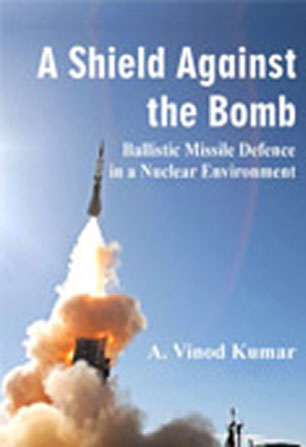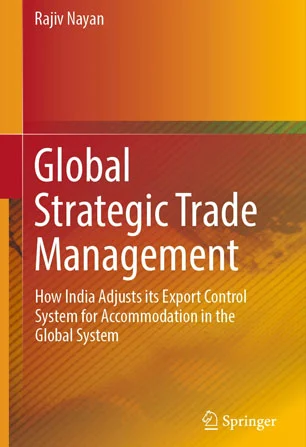The Danger of Nuclear Terrorism: The Indian Case
The concept of nuclear terrorism is possibly the least understood of all dangers emanating from nuclear weapons. However, certain drivers like the nuclear black market (the AQ Khan Network), proliferation of nuclear technology, and the increasing demand for nuclear energy can make it easier for terrorist organizations like Al Qaida to acquire fissile material. The threat of nuclear terrorism cannot be ignored any longer. Nuclear terrorism is a plausible phenomenon that deserves adequate consideration, substantial countermeasures, expertise, and competence to combat it.
- Reshmi Kazi
- July 2009








